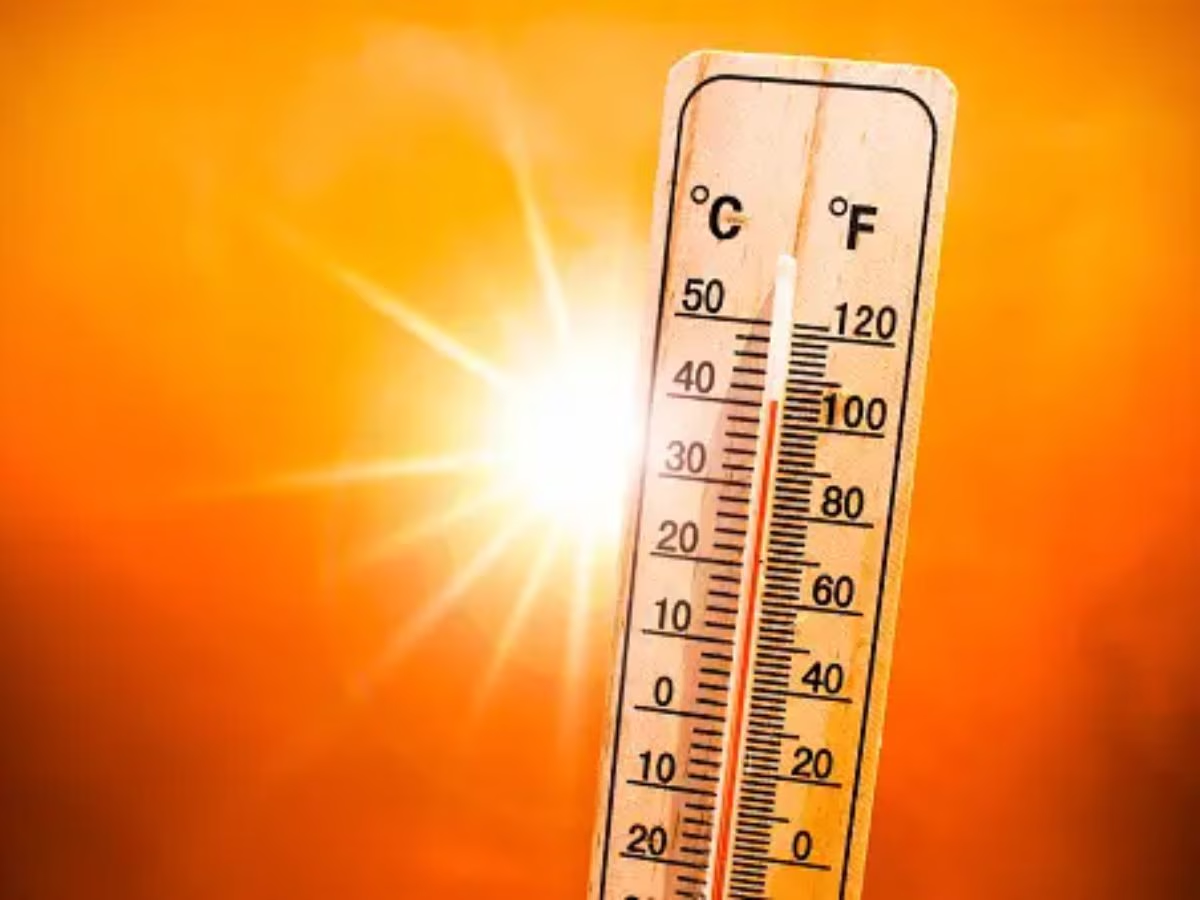As global temperatures soar due to climate change, traveling during a heatwave requires more preparation and caution than ever before. Whether you’re planning a local road trip or an international adventure, understanding how to keep cool and safe is crucial. Here’s a comprehensive guide to help you navigate the challenges of traveling during a heatwave in 2024.
Understand the Forecast and Heat Alerts
Before setting off on your journey, it’s vital to check the latest weather forecasts. Many meteorological agencies now offer real-time heat alerts and have developed apps that provide updates on heatwave conditions. Knowing the expected temperatures and humidity levels can help you plan your travel times more effectively, ideally avoiding the peak heat hours between 10 a.m. and 4 p.m.
Choosing the Right Destination
If you have flexibility in your travel plans, consider destinations that are less affected by heatwaves. Coastal areas, mountain retreats, or locations with milder summer temperatures can be more comfortable and safer options. For 2024, destinations like the Canadian Rockies, Scandinavian countries, or the coastal areas of Portugal offer a respite from extreme heat.
Packing Essentials for Heatwave Travel
Packing appropriately is essential for heatwave conditions. Include lightweight, loose-fitting clothing made from natural fibers like cotton or linen, which allow your skin to breathe. A wide-brimmed hat, high-SPF sunscreen, and UV-protective sunglasses are also crucial to protect against the sun’s harmful rays. Don’t forget to pack a reusable water bottle to stay hydrated and consider a portable, battery-operated fan for personal cooling.
Timing Your Travel
Plan your travel schedule to avoid the hottest parts of the day. Early morning or late evening flights are preferable during a heatwave. If driving, try to schedule the majority of your drive during cooler hours and take regular breaks to cool down and hydrate.
Staying Hydrated and Nourished
Hydration is key in preventing heat-related illnesses. Drink water consistently throughout the day, even if you do not feel thirsty. Avoid caffeine and alcohol as they can lead to dehydration. Snack on fruits and vegetables with high water content such as cucumbers, oranges, and watermelons. Electrolyte-replenishing beverages can also be beneficial during prolonged exposure to heat.
Using Technology for Comfort
Advances in technology have introduced products that can make traveling in heat more bearable. Cooling towels, moisture-wicking clothing, and wearable air conditioners can significantly enhance comfort. Apps that remind you to drink water or that map out locations with air conditioning—such as malls, libraries, and public cooling centers—are also useful tools in 2024.
Accommodation Considerations
When booking accommodations, ensure that the place has effective air conditioning or at least fans available. Check if the windows provide good ventilation and are covered with reflective materials or shades to block out heat. Some newer hotels even offer advanced climate control technologies that maintain optimal room temperatures.
Safe Sightseeing Practices
If you plan to go sightseeing, try to do so during cooler parts of the day. Many tourist attractions now open earlier or close later to accommodate for the heat. Look for indoor or shaded activities, and always have water with you. City cards offering access to multiple attractions often include public transport options, allowing you to move around without prolonged exposure to the heat.
Health Safety: Recognizing Heat Exhaustion
Be aware of the signs of heat exhaustion, which include heavy sweating, weakness, cold, pale, and clammy skin, fainting, and vomiting. If you or someone you’re traveling with exhibits these symptoms, it’s important to move to a cooler location, drink water, and seek medical attention if conditions do not improve.
Community and Environmental Responsibility
Finally, as we face increasing temperatures worldwide, it’s crucial to travel responsibly. Respect local advisories, conserve water, and minimize energy consumption whenever possible. Awareness and preparedness are key in ensuring that travel remains both enjoyable and safe during these challenging climatic conditions.
By adhering to these guidelines, travelers can ensure that their adventures during a heatwave are not just endurable but also enjoyable. With the right preparations, the summer of 2024 can be remembered for its adventures rather than its extreme temperatures.



